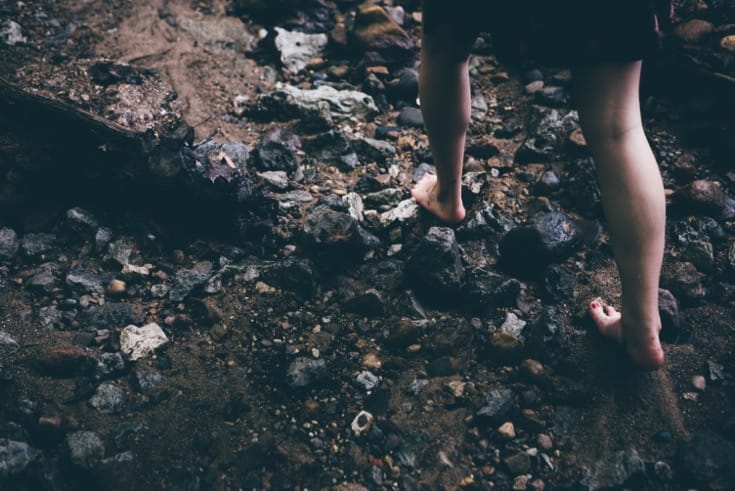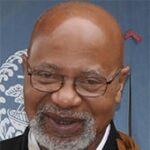Many of us may find ourselves on a journey that feels in one way or another like a steep climb. With great energy over considerable time, we ascend stage by stage and take heart in our progress. Whether it is in our work or personal goals or Buddhist practice, we are eager to measure our accomplishments.
In Mumon’s The Gateless Gate, Case 46, Master Sekiso says, “From the top of a pole one hundred feet high, how do you step forward?” Another ancient master, Mumon, tells us, “One sitting at the top of a pole, one hundred feet high, even if he has attained it, has not yet been truly enlightened. He must step forward from the top of the pole one hundred feet high and manifest his whole body in the ten directions.” Reaching the top of the pole could be seen as a metaphor for having achieved some insight into one’s ultimate nature. We may have some major spiritual openings, often during retreats or periods of intensive practice, and gain some clarity and insight. But at some point after the retreat ends, or when we encounter circumstances that trigger our emotional reactivity and bring forth our unresolved psychological issues and defenses, we are likely to find that our realization has barely penetrated our conditioned personality. This self we carry with us, with all of its habits and concerns, remains mostly intact despite all of our progress.
This marvelous koan reminds us that seeing into our own buddhanature is not the ultimate goal of Buddhist practice. It may be an experience along the way, but there isn’t really any top to the pole, not at one hundred feet, or at five hundred, or at ten thousand. Rather, our practice is a never-ending unfolding on the way to complete realization.
We live in an era and a society that is powerfully driven by goals and metrics to give us data on how we are doing. It is natural to apply the same kind of thinking to our spiritual growth and Buddhist practice. How far have I come? Have I completed this stage of my training? Am I there yet? Our practice becomes another accomplishment, some kind of enlightenment project.
In his commentary, Mumon describes the shift in attention from the peace of nirvana to the infinity of suchness, the obvious essential equality of all phenomena when they are seen as just “such” (empty). Then he asks the question that matters most:
How do you step forward?
What if we were no longer concerned about completing some specific goal or reaching a particular height? What if we were concerned instead with manifesting the whole body in the ten directions? This is a life centered not on any particular thing but on all things; this is nonattachment. There is nothing for the no-self to oppose. It takes patience, persistence, and courage, but we can step forward from the top of the pole altogether.


